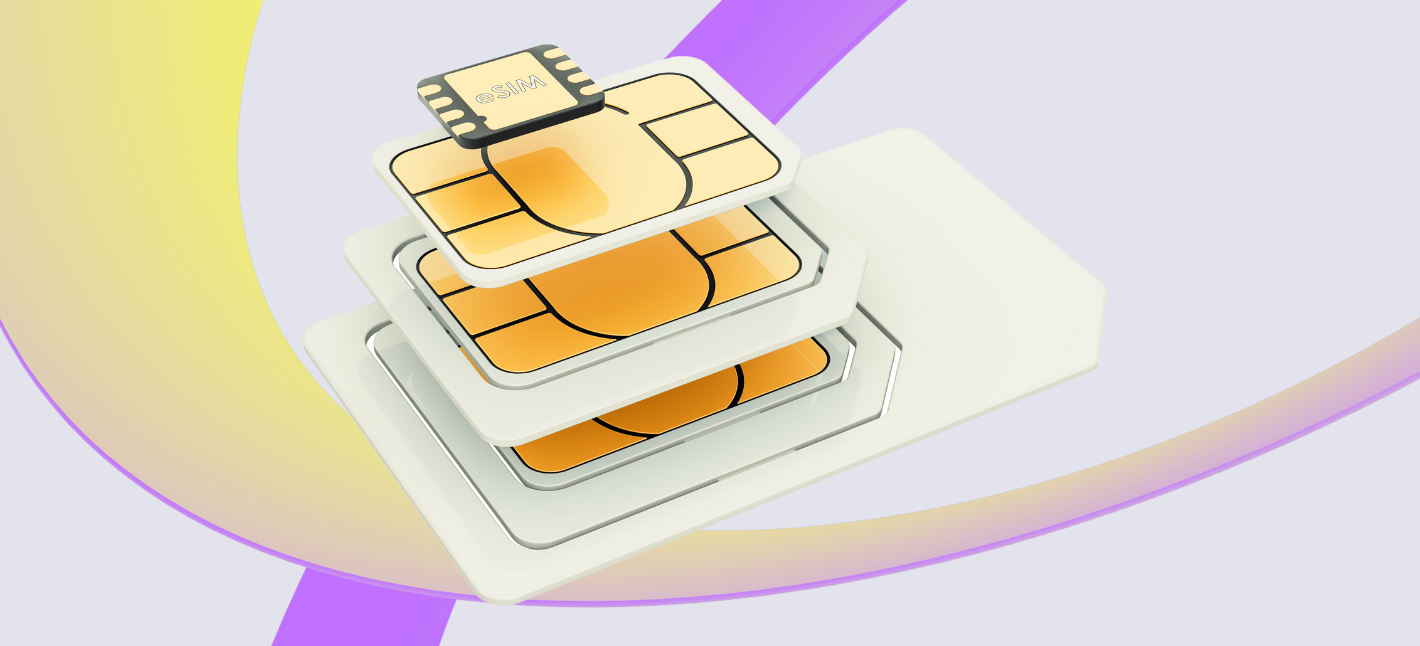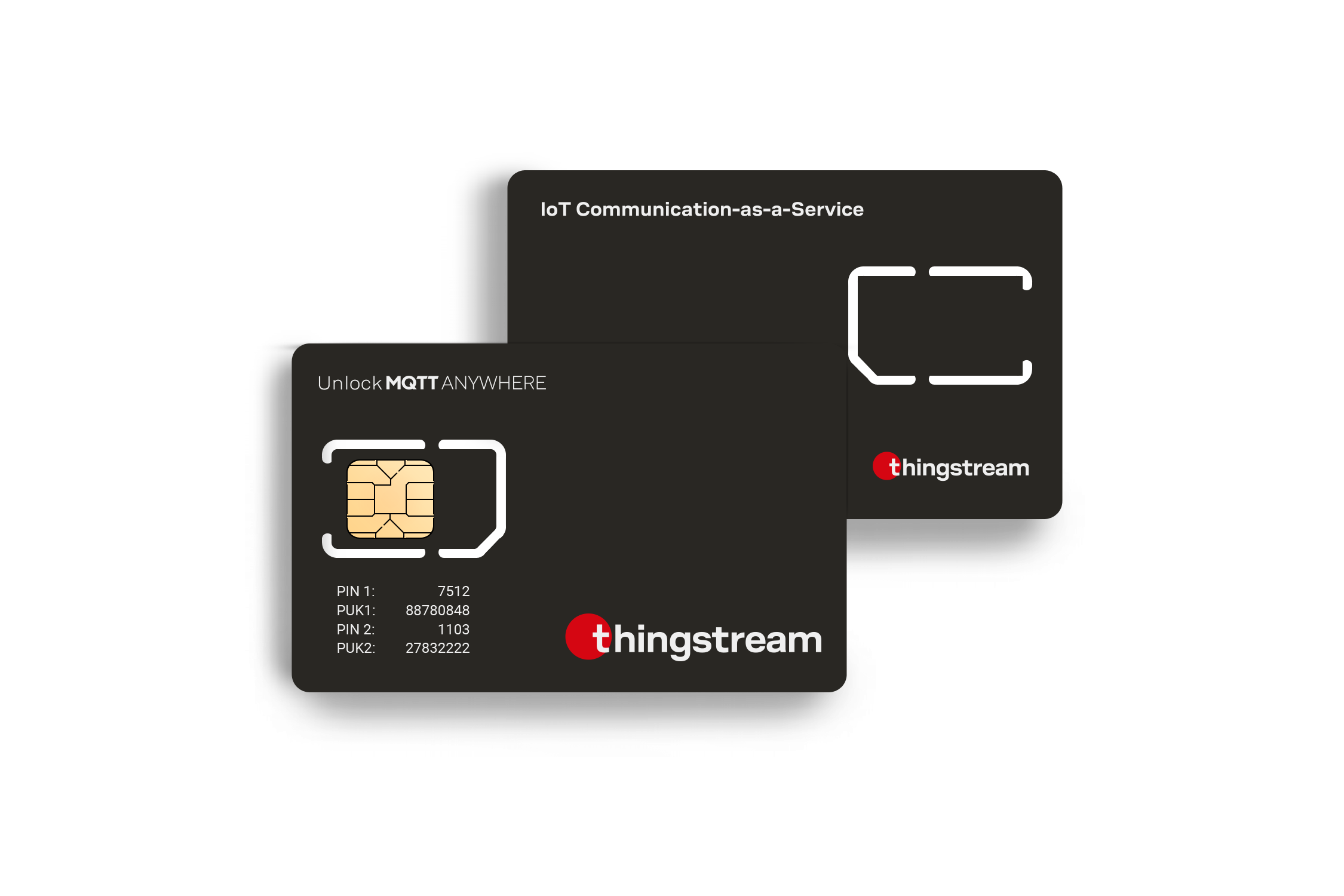IoT Network Connectivity Services and Solutions for IoT Connectivity
IoT Network Connectivity Services and Solutions for IoT Connectivity
Blog Article
IoT Global Connectivity Evaluating IoT Connectivity Technology Pros and Cons
The surge in know-how has pushed the creation of smart homes, seamlessly integrating units for enhanced ease and comfort. One of the cornerstones of this development is powerful connectivity options that allow units to speak with each other effectively. The best IoT connectivity solutions for smart houses play an important function in ensuring that these devices work harmoniously, creating an ecosystem that not only improves user experience but in addition boosts residence effectivity.
Wi-Fi is among the many most typical connectivity solutions utilized in smart homes. Almost every household has a wi-fi community, and its ubiquity makes it a go-to alternative for smart gadgets. Wi-Fi capabilities enable devices to function at high speeds, making it ideal for streaming videos, handling smart cameras, and more. However, the downside remains that Wi-Fi can endure from connectivity issues due to interference from different units or community congestion.
IoT Connectivity Technologies What Does IoT Connectivity Look Like?
Another vital player in the connectivity realm is Zigbee. This low-power, wireless mesh networking protocol offers an efficient means for gadgets to speak over brief distances. Zigbee is particularly suited for devices that require decrease energy consumption, corresponding to sensors and smart bulbs. One of the strong points of Zigbee is its capacity to attach quite a few devices over a single network with out overwhelming bandwidth.
Z-Wave operates equally however offers completely different benefits. Primarily used in house automation, Z-Wave's mesh networking capabilities permit devices to speak over longer distances compared to Zigbee. This signifies that even if a tool is positioned far-off from the hub, it can nonetheless connect via other close by gadgets. Z-Wave products typically function within a selected frequency range, minimizing interference from Wi-Fi networks, thus enhancing reliability.
IoT Connectivity Market Infrastructure and Connectivity for IoT Devices
LoRaWAN represents one other exciting choice, particularly for bigger homes or properties. It is designed for long-range communication and low energy consumption, making it wonderful for units that don’t need fixed connection. This know-how connects low-bandwidth gadgets that might solely send small bits of information at irregular intervals. For instance, it’s properly suited to outside sensors and systems that monitor circumstances like climate and air quality.
Bluetooth has additionally evolved right into a reliable connectivity answer for smart houses. Its short-range capabilities enable simple peer-to-peer communication, making it great for units that work together directly with cellphones or tablets. While Bluetooth energy consumption has improved, it still serves greatest for applications that don’t require constant connectivity, corresponding to smart locks and fitness trackers paired with house automation techniques.
Cellular networks, including 4G and the upcoming 5G, present an entirely totally different dimension to smart home connectivity. They offer broader protection and the flexibility to maintain connections in distant areas the place other kinds of connectivity could additionally be unavailable. This is particularly related for linked security systems or surveillance cameras that may need to transmit information even when the home Wi-Fi network is down.
Managed IoT Connectivity Services Evaluating IoT Connectivity Technology Pros and Cons
Thread is a brand new protocol that combines the advantages of wi-fi expertise with the capability to create mesh networks. Designed particularly for IoT devices, it offers low power consumption and high reliability. With its give attention to compatibility, Thread can easily integrate into existing techniques, thus enhancing the smart residence expertise with out requiring main overhauls.
The acceptable alternative of IoT connectivity options largely is decided by the particular necessities of a wise residence. For instance, a home primarily using voice-controlled devices could rely extra closely on Wi-Fi or Zigbee for seamless operation. In distinction, houses that prioritize energy efficiency might benefit from LoRaWAN and Zigbee for his or her low-power wants.
M2M IoT Connectivity Tactics for Overcoming IoT Connectivity Challenges
As the trade strikes forward, hybrid systems additionally achieve traction. These configurations combine a number of connectivity strategies to enhance reliability and efficiency. By interlinking Wi-Fi, Zigbee, and cellular networks, houses can build a more resilient community that leverages the strengths of each technology. This method also fosters greater scalability, permitting householders to add devices with varying connectivity options.
Interoperability stays a challenge in the realm of smart residence connectivity. Various technologies operate on completely different standards, which may lead to fragmentation in a wise house ecosystem. However, rising options corresponding to Matter seek to bridge compatibility between gadgets, allowing users to select from a wider vary of products with out worrying about connectivity issues.
The safety aspect also can't be overstated when discussing the best IoT connectivity solutions for smart homes. As gadgets turn out to be more and more interconnected, the danger of cyber threats grows. Incorporating robust encryption protocols and safe data transmission strategies is vital to safeguard consumer information and guarantee the integrity of devices.
In conclusion, the most effective IoT connectivity solutions for smart homes embody a mix of conventional and trendy technologies, every addressing different wants. Whether leveraging the speed of Wi-Fi, the energy efficiency of Zigbee, or the long-range capabilities of LoRaWAN, deciding on the right mix can considerably enhance each the functionality and security of a wise home. Understanding the advantages and limitations of every technology allows owners to construct a future-ready smart residence ecosystem designed for maximum comfort and effectivity.
IoT Connectivity Definition Quick Overview of IoT Connectivity Types
- Seamless integration with popular smart house ecosystems like Google Home and Amazon Alexa enhances consumer expertise.
- Advanced mesh networking expertise enables constant connectivity throughout larger houses with out useless zones.
- Low-power wide-area networks (LPWAN) enable gadgets to transmit data over long distances while consuming minimal energy.
- Device interoperability ensures that numerous manufacturers and fashions can talk successfully within the smart home setup.
- Secure communication protocols, such as MQTT and CoAP, protect user knowledge and keep privacy across related units.
- Edge computing capabilities scale back latency by processing information nearer to the supply, improving response times for real-time applications.
- Cloud-based solutions offer scalable infrastructure, enabling homeowners to expand their smart environments effortlessly.
- Adaptive bandwidth management ensures optimum efficiency even with a quantity of gadgets operating simultaneously.
- Remote monitoring and control features empower users to handle residence techniques from anyplace by way of mobile apps.
- Future-proofing through regular firmware updates ensures gadgets keep compatible with emerging IoT technologies and protocols.
What are the most popular IoT connectivity options for smart homes?
Popular IoT connectivity options embrace Wi-Fi, Zigbee, Z-Wave, and Bluetooth. Each know-how offers unique advantages, similar to range, speed, and compatibility with various gadgets, making you can check here it essential to decide on primarily based on your house setup and specific needs.

How do I select the right IoT connectivity answer for my home?
Internet Connectivity In IoT Types of IoT Connectivity Options
When choosing an IoT connectivity resolution, contemplate factors similar to vary, energy consumption, compatibility with gadgets, and ease of setup. Assess your smart home devices and their requirements to find the answer that most carefully fits your life-style.
What are the advantages of using Zigbee in a sensible home?
- Managed IoT Connectivity Services
Zigbee is thought for its low energy consumption, reliability, and ability to create a mesh network. This means gadgets can communicate with each other instantly, extending the vary and enhancing connectivity even in larger properties.
Internet Connectivity In IoT Ultimate Guide to Cellular IoT Networks
Is Z-Wave better than Wi-Fi for smart home connectivity?

Z-Wave can be more efficient than Wi-Fi for sure functions as a outcome of its lower energy consumption and reliable mesh network capabilities (Cellular Connectivity Providers For IoT). However, Wi-Fi usually provides larger bandwidth for gadgets requiring extra knowledge, like cameras and streaming devices.
IoT Connectivity Plan Explanations and Solutions for IoT Connectivity
Can I use multiple connectivity solutions collectively in my smart home?
Yes, you can mix multiple connectivity options to reinforce your smart home community - Managed IoT Connectivity Services. For occasion, using Wi-Fi for high-bandwidth devices and Zigbee or Z-Wave for low-power sensors can create a balanced environment that meets varied wants.
IoT Satellite Connectivity Ultimate Guide to Cellular IoT Networks
How safe are IoT connectivity solutions for smart homes?

Security varies by know-how, but generally, options like Zigbee and Z-Wave supply robust encryption strategies. It's essential to regularly replace firmware and follow finest security practices (e.g., strong passwords) to make sure the overall security of your smart house.
What is the role of a sensible hub in IoT connectivity?
A smart hub acts as a central control unit for varied IoT units, permitting them see this site to speak and work together efficiently. This simplifies the management of units using completely different protocols and helps enhance automation options.
Managed IoT Connectivity Services Strategies and Challenges of IoT Connectivity
Can I retrofit my existing residence with IoT connectivity solutions?
Yes, many IoT options are designed to be retrofitted into existing properties. Options like smart plugs, bulbs, and hubs can easily integrate along with your current setup with out the necessity for extensive renovations.
What ought to I contemplate when installing IoT units in my smart home?
Wireless IoT Connectivity Types of IoT Connectivity Explained
When installing IoT units, think about their placement for optimum connectivity, potential interference from different electronics, and the general layout of your home. Proper installation and configuration can significantly improve gadget efficiency and reliability.
Report this page